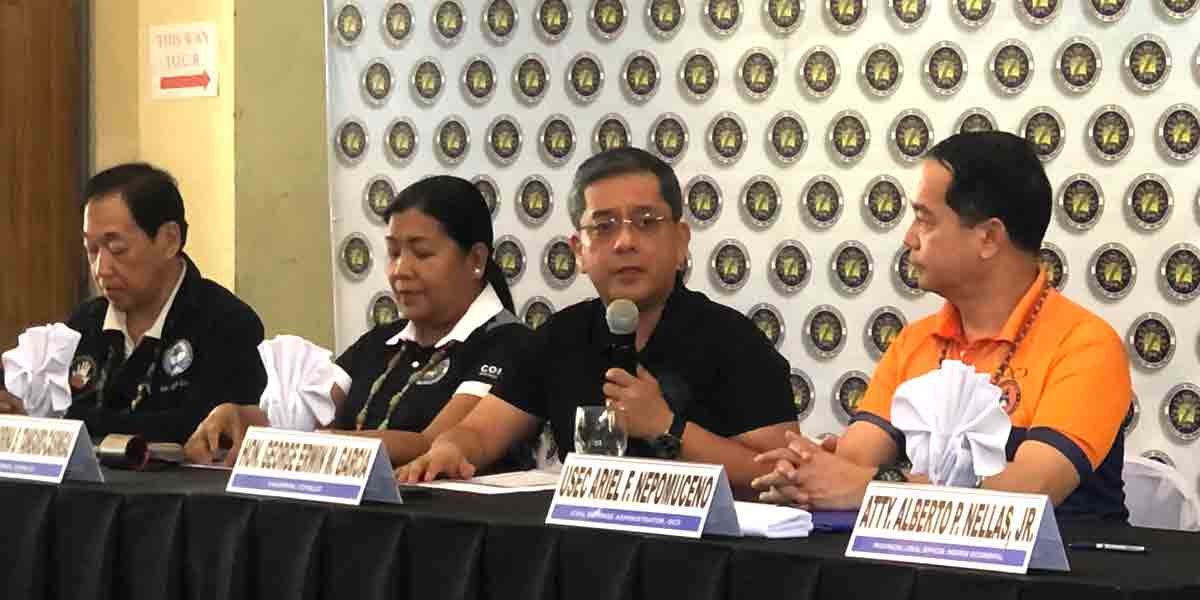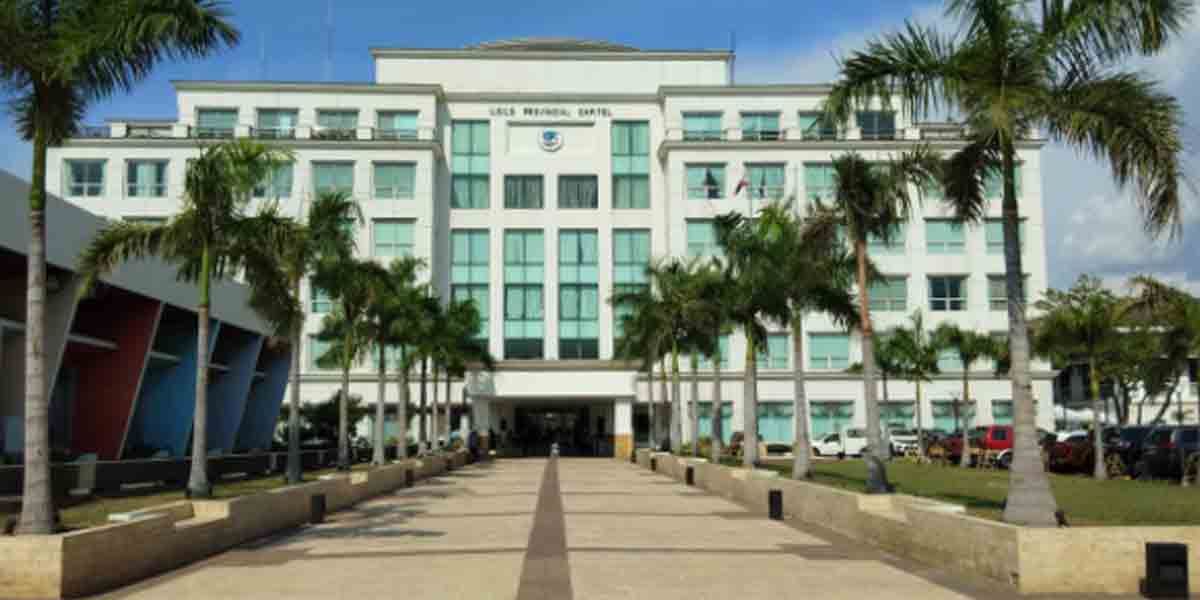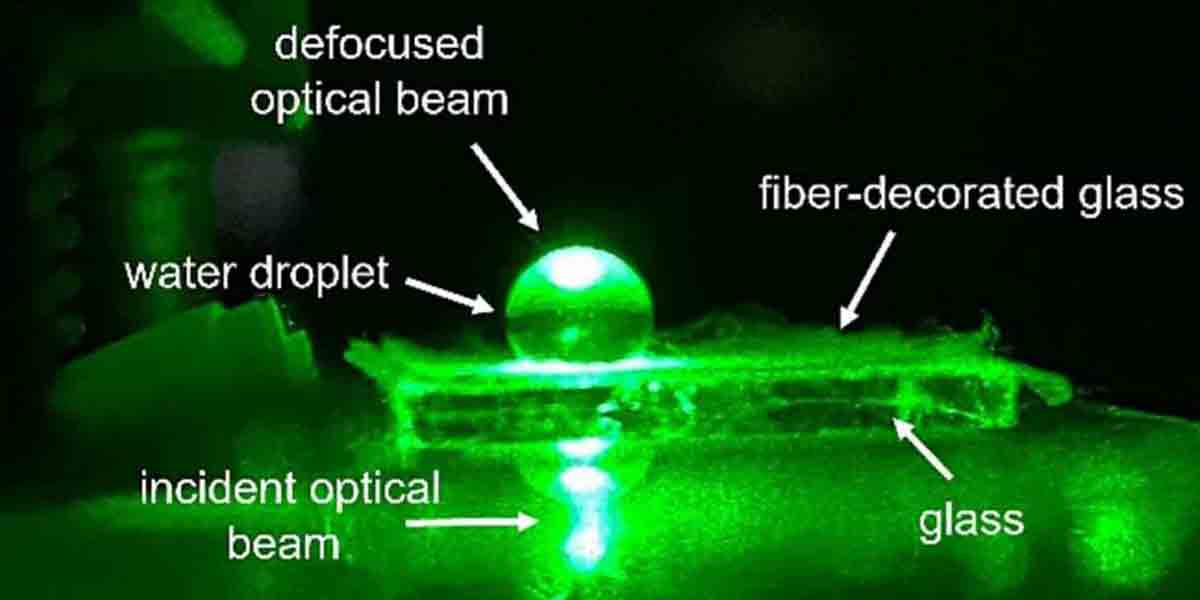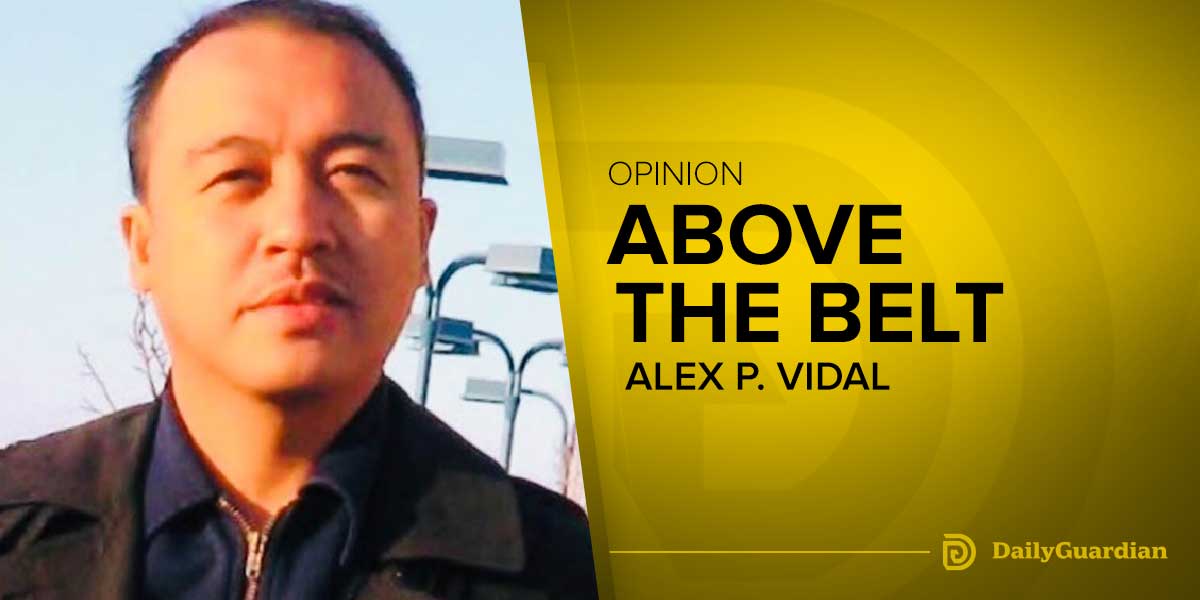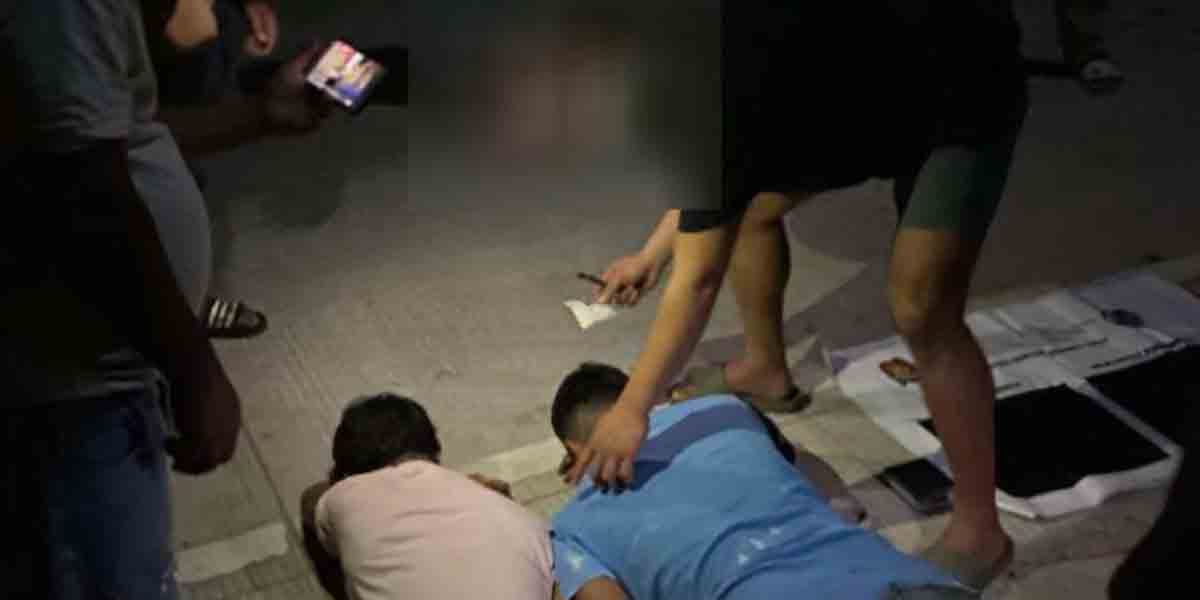By Alex P. Vidal
“Appreciation is the highest form of prayer, for it acknowledges the presence of good wherever you shine the light of your thankful thoughts.” —Alan Cohen
ONE of the most “private” public officials when it comes to health issues and the kind of medical treatment he is undergoing, is Iloilo City Mayor Geronimo “Jerry” Treñas, who has been on official medical leave.
Treñas’ condition prompted him to relinquish the opportunity to run for reelection on May 12, 2025 when he failed to file his Certificate of Candidacy (CoC) scheduled on October 1-8, 2024.
Daughter Raisa Treñas-Chu, the city mayor’s former executive assistant, filled the vacuum and is now officially a candidate for her dad’s office.
But even if he has been missing from the public eye, Ilonggos continued to monitor the day-to-day activities in the city government—they may have been able to “get in touch” with Treñas through his social media accounts.
The city mayor’s City Hall subalterns, including Vice Mayor Jeffrey Ganzon, the acting city mayor, also judiciously see to it that communications and vital services Treñas used to personally dispense are not hampered or neglected.
Everything in as far as basic services and operations are concerned is in the data base and the information machinery for all the Ilonggos and non-Ilonggos to access, except for the city mayor’s unequivocal medical bulletin.
-o0o-
Aren’t the constituents entitled to know the medical condition of their elected public officials?
Theoretically, yes but public officials undergoing treatment in the hospitals may not be legally obliged to narrate every comma and parenthesis of their health information lock, stock, and barrel.
There is no specific law that explicitly requires public officials to disclose their medical condition; the “Data Privacy Act of 2012” (Republic Act 10173) protects the personal health information of a public official.
Meaning public officials can only reveal their medical details with proper consent, and in certain situations where public health is significantly at risk; in this matter, there may be a legal obligation to disclose certain medical information.
After recently undergoing a bile duct operation to remove obstruction on his bile ducts that carry bile from the liver to the small intestine, the city mayor is reportedly scheduled to undergo two more operations in a Metro Manila hospital.
A patient reportedly undergoes this type of operation if his small intestine is blocked or narrowed, thus preventing bile from flowing properly.
The most common cause for bile duct obstruction is gallstones, but other causes include tumors, strictures, and birth disorders, according to health authorities.
-o0o-
There has been no official confirmation or announcement from the city mayor’s family, thus both his constituents and friends, as well as his political allies and some opponents, can only wish and pray that Treñas overcomes this medical procedure and returns to work as soon as he is okay.
According to health authorities, symptoms of bile duct obstruction include the following: Pain in the upper right abdomen, especially after eating or when the area is pressed; nausea and vomiting; fever; dark urine; jaundice (yellowing skin); pale stools; and itchy skin.
According to Cleveland Clinic, a bile duct obstruction is a blockage in the bile ducts. Bile is a digestive juice that breaks down fats. It also contains a waste product called bilirubin.
“Your bile ducts are the tiny canals that allow bile to flow from your liver (where it’s made) to your gallbladder (where it’s stored) to your small intestine (where it helps with digestion). Bile ducts also help move bilirubin out of your liver,” Cleveland Clinic explains.
“Blockages in your bile ducts can slow or stop the flow of bile. This can cause bile to back up and collect in your liver. The results can feel painful and pose serious health risks without treatment.”
-o0o-
How common are bile duct obstructions? Obstructions are the most common problem that can affect your bile ducts. Approximately 5 in 1,000 people develop gallstones that end up leading to an obstruction. Gallstones are hardened collections of bile. Gallstones are the most common cause of bile duct obstructions.
What are the complications of a bile duct obstruction? An obstruction can cause bile to build up in your liver. This can lead to severe inflammation and even life-threatening infections without treatment. It can also lead to permanent liver scarring (cirrhosis of the liver) that can lead to liver failure without proper management.
If the bile gets stuck in the part of the ducts near your gallbladder, you can get a gallbladder infection (cholecystitis).
Not having enough bile can also prevent your small intestine from digesting fats. This can lead to malnutrition. (Source: Cleveland Clinic)
(The author, who is now based in New York City, used to be the editor of two daily newspapers in Iloilo.—Ed)


